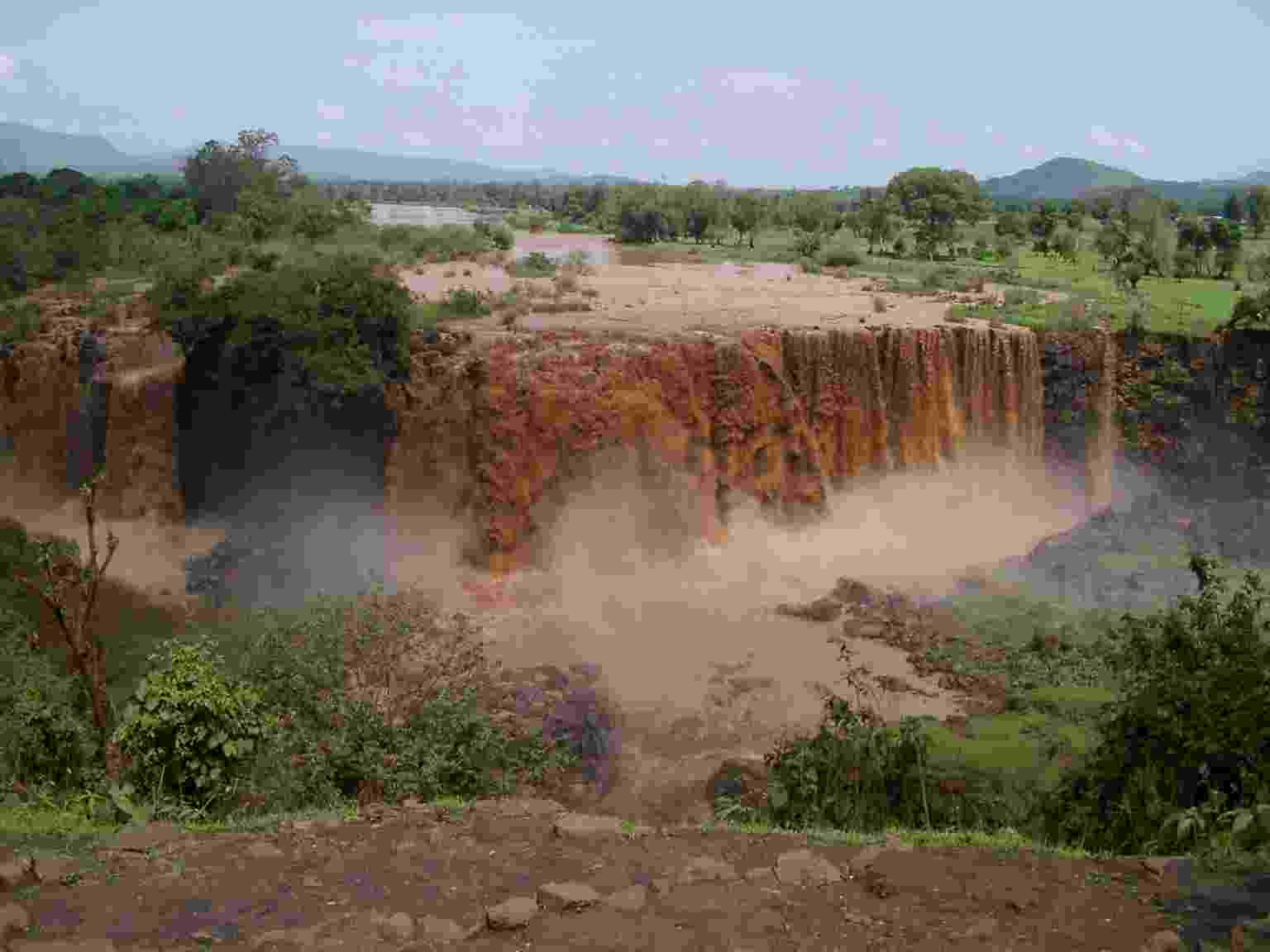Climate induced water security risks on agriculture in the Abbay River Basin
A review
14 September 2022


The Abbay River during the rainy season
Authors: Degefie Tibebe, Ermias Teferi, Woldeamlak Bewket and Gete Zeleke
The intent of this review is to understand the state of water security issues in the agricultural sector in the Abbay River Basin, in relation to climate variability and climate change, existing agricultural water management practices, and identification of gaps in knowledge and practices that need to be addressed in the future. It is found that the basin has a huge potential of water resources, but it is constrained by high spatiotemporal climate variability which has resulted in very variable water supply for agriculture. The challenge is aggravated by a lack of effective and locally relevant agricultural water management practices. The central part of the basin in particular is characterized by a very short rainy season and long dry season, and thus it is the main hotspot of water security risks to agriculture. Climate change, growing demand for water due to increasing population, and land degradation will exacerbate water security risks to agriculture. Research and development efforts in addressing the challenges have generally been limited in scope and spatial scale, so much remains to be done. This review identifies major gaps that need to be investigated and understood in the future to address water security issues on agriculture in the Abbay River Basin.



